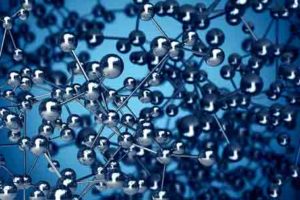electron microscope
Producing clean water in an emergency
Disasters such as floods, tsunamis, and earthquakes often result in the spread of diseases like gastroenteritis, giardiasis and even cholera because of an immediate shortage of clean drinking water. Now, chemistry researchers at McGill Universi…
3-D nanoparticle in atomic resolution
In chemical terms, nanoparticles have different properties from their «big brothers and sisters»: they have a large surface area in relation to their tiny mass and at the same time a small number of atoms. This can produce quantum effects that lea…
Macho muscle cells force their way to fusion
In fact, according to new research from Johns Hopkins, the fusion of muscle cells is a power struggle that involves a smaller mobile antagonist that points at, pokes and finally pushes into its larger, stationary partner using a newly identified …
New research aims to shut down viral assembly line
Under the electron microscope, a coronavirus may resemble a spiny sea urchin or appear crownlike, (the shape from which this family of pathogens takes its name). Previously recognized as the second leading cause of the common cold in humans a…
Researchers image atomic structural changes that control properties of sapphires
Cleveland — Materials scientists from Case Western Reserve University and the Institute of Solid State Research in Jülich, Germany have produced particularly clear changes in the atomic structure of sapphire following deformation at high temperatu…
NASA uses ‘extremophile’ microbes to grow nanostructures
NASA scientists have invented a biological method to make ultra-small structures that could be used to produce electronics 10 to 100 times smaller than today’s components. As part of their new method, scientists use modified proteins from ‘extremophile’ microbes that live in near-boiling, acidic hot springs to grow mesh-like structures so small that an electron microscope is needed to see them.
“Our innovation takes advantage of the innate ability of proteins to form into ordered structures and for us to use genetic engineering to change nature’s plans, transforming these structures into something useful,” said one of the project’s lead researchers.

